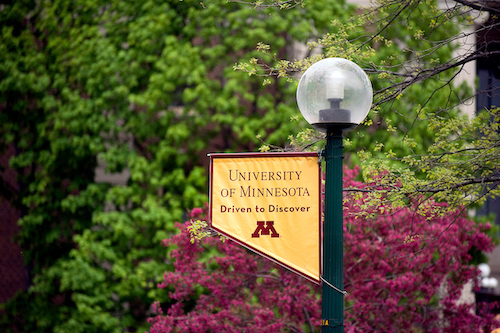
Amblyopia Treatment Study (ATS23): A Randomized Trial of Dichoptic Treatment for Amblyopia in Children 4 to 7 Years of Age

Amblyopia (sometimes called 'lazy eye') is reduced vision in one eye caused by abnormal visual development early in life. The weaker (or 'lazy') eye often wanders inward and outward. Amblyopia is the leading cause of reduced vision in children and can lead to blindness if not treated. Treatments for amblyopia are glasses, and if needed, further treatment with part-time patching or penalization with atropine eye drops. Patching or atropine are administered to the stronger eye to force the child to use the weaker (amblyopic) eye. In recent years, an alternative type of therapy has emerged. It is called dichoptic treatment and involves stimulating both eyes simultaneously but with different stimuli. When it was first introduced, it was done in an office-based setting. Home-based technologies utilizing games and movies have been developed and studied to a limited extent in younger children with amblyopia. In this study, we will use a system called Luminopia. It uses a virtual reality headset to view web-based videos in which the contrast of the image seen by the stronger eye is reduced by 15% from that of the weaker eye. Luminopia has been available for use in the U.S. since 2022 and has been approved by the FDA for the treatment of amblyopia in this age group. In a previous large randomized trial, home-based dichoptic movies were shown to be superior to glasses alone but treatment effectiveness compared to patching (the gold standard for treating amblyopia) has not yet been established. If dichoptic therapy using the Luminopia system is confirmed to be at least as effective as patching, it would be an appealing alternative for treating amblyopia in young children, as it shows promise of better adherence and an easier treatment experience for the parent and the child. Children in this study would be randomized 1:1 to either the Patching Group or the Luminopia Group and followed for at least 6 months. Children in the Patching Group will have the option to do the Luminopia treatment after 6 months of patching. They will be followed for an additional 6 months. Thus, their participation will last for a total of 1 year.
• children 4 to 7 years old
• amblyopia (lazy eye) associated with strabismus, anisometropia, or both (previously treated or untreated)
• parent has phone (or access to phone) and is willing to be contacted
• prism lenses or need of a prism prescription
• currently wearing bifocals
• known skin reactions to patch or bandage adhesives
• history of light-induced seizures
Children's Health, Vision & Eyes
Amblyopia, Lazy Eye